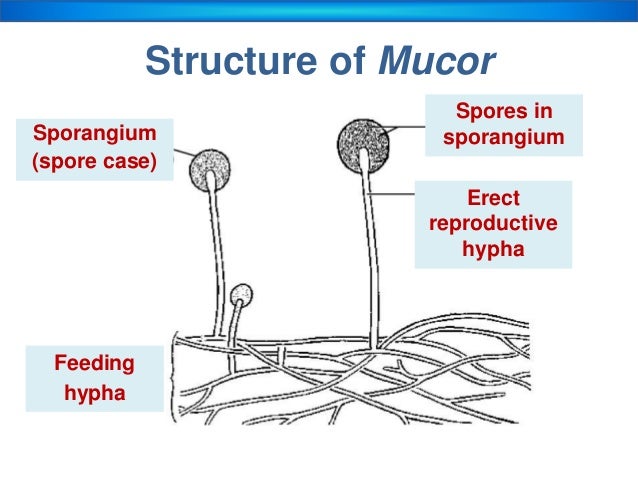- Plants
- Animals
- Fungi
- Bacteria
- Protoctists
- Viruses
Plants
- Are multicellular (have more than one cell)
- Are able to photosynthesize (their cells have chloroplasts)
- Cell walls are made of cellulose
- Store carbohydrates as startch and/or sucrose
 |
| Figure 1: A typical plant cell |
Examples of plants include: flowering plants (eg maize) and a herbacious legume (eg peas or beans)
Animals
- Are multicellular
- Do not photosynthesize
- Cells do not have cell walls
- Often have nervous coordination
- Are able to move from one place to another
- Store carbohydrates as glycogen
 |
| Figure 2: A typical animal cell |
Examples of animals include: mammals (eg humans), insects (eg mosquitoes)
Fungi
- Cannot photosynthesize
- Body of mycelium made up of various hyphae which contain lots of nuclei.
- Some are single celled
- Cell walls made of chitin
- Feed by extracellular secretion of digestive enzymes and absorbing the organic products - Saprotrophic nutrition
- May store carbohydrates as glycogen
 |
| Figure 3: Structure of mucor, a type of fungus |
Examples of fungi include: Mucor (has typical fungal hyphal structure) and yeast (single celled)
Bacteria
- Sometimes pathogenic
- Single celled
- Some can photosynthesize but mostly feed off other dead or living organisms
- Have a cell wall, cell membrane, cytoplasm, plasmids, no nucleus and have a strand of DNA instead.
 |
| Figure 4: Bacteria (note that not all have the flagellum/gelatin-like capsule) |
Protoctists
- Single celled
- Some resemble plant cells while others resemble animal cells
- Some are pathogenic
 |
| Figure 5: The structure of amoeba, a type of protoctist that "lives" in water |
Viruses
- Some scientists say viruses aren't living organisms while some say they are (but please don't say that in your exam!)
- Parasitic (lives off other organisms)
- Can only reproduce inside living cells
- No cellular structure, only a protein coat and one type of nucleic acid, either DNA or RNA.
Examples of viruses: HIV virus (causes AIDS), tobacco mosiac virus (causes discoloration of leaves in tobacco plants as it stops chloroplasts from forming)
No comments:
Post a Comment